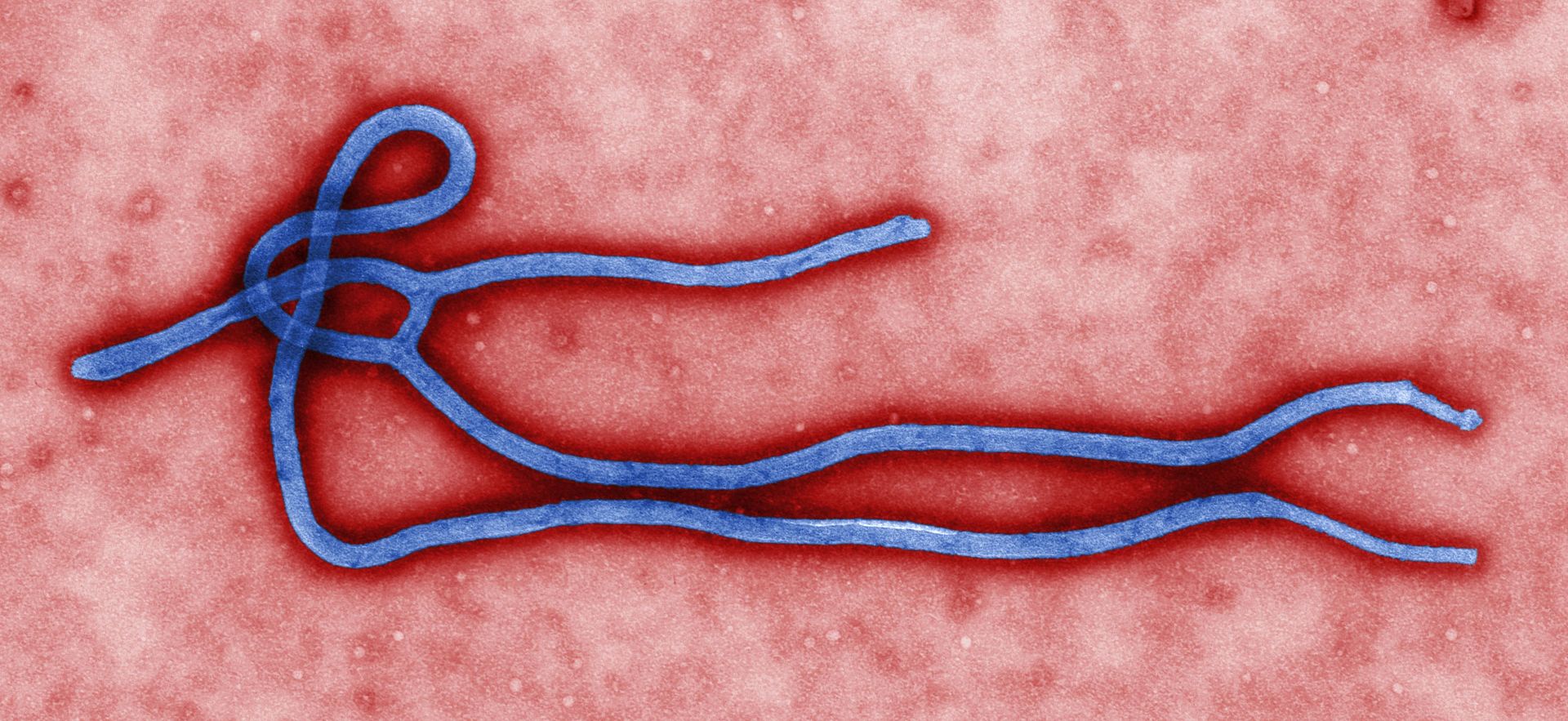In the pursuit of a cell-fie, Part 1
Have you ever taken time to look up at the night sky and gaze in amazement at the web of stars in the sky? Nature has the uncanny ability of inspiring a sense of wonder and awe when you sit down and wonder, "Gee, how does it all work?" I would argue that you'd probably get that same sense of wonder if you sat down and thought about the endless list of processes and reactions that your body has to undergo everyday just to keep you alive. There are about 37.2 trillion cells in the human body, with thousands of different functions represented in the various tissues. That's 372 times the number of stars in the Milky Way! When you consider that these cells must all interact with one another and look out for their own survival, you can see why constructing a completely artificial biological organisms would be pretty challenging!
To make this task more feasible, scientists for many years have been trying to start with the cell, the smallest functional unit of life. Biologically speaking, a living cell must meet certain criteria that are rather difficult to fulfill artificially. These are listed here:
1. Homeostasis: A cell must be able to regulate its own internal environment
2. Metabolism: A cell must be able to turn chemicals into energy
3. Adaptation: A cell must be able to response to stimuli from the environment and response appropriately
Stretch goals:
4. Reproduction: A cell must be able to replicate itself
5. Organize: Ideally, artificial cells would eventually organize themselves into more complex things like tissue and organs
6. Grow: Through metabolism, cells should be able to grow in size (or at least replicate to make the organism bigger)
If I gave you a laboratory and some supplies, could you do it? It certainly seems like a herculean task! Thankfully, researchers around the globe are hard at work to make such technology a reality. The journey to create an artificial cell dates back to the 60's, where Thomas Change at McGill University created a cell with an ultrathin membrane made of nylon and other crosslinked proteins, which contained a slew of things such as hemoglobin and various enzymes.
In the 1970's, this technology was revamped to make a completely biodegradable cell, and in 2011 researchers at Harvard University reported creating the first fully synthetic cell membranes.
The genesis of synthetic cell membranes marked an important step in crafting a fully artificial cell, but the issue of an artificial genome (collection of genetic material) still remained. Artificial DNA synthesis has been around for a while (I'll cover this in another blog post), but it took until 2010 for researchers at the J. Craig Venter institute to create a cell with a fully artificial genome. I'll spare you the minute details, but workflow of the experiment is as follows:
1. Design a genome on the computer.
2. Synthesize that genome artificially. In the case of the above experiment, the genome of a bacterium known as Mycoplasma mycoides was designed on the computer and crafted.
3. Insert the genome to a different cell. The researchers transplanted the M. mycoides genome into a different bacterium, M. capricolum.
4. SUCCESS!
Their M. capricolum began only producing protein products from M. mycoides, proving that their genome switcharoo was a success. The cells were even able to replicate, a triumph for the field! So as a proof of concept, humans can design fully functional artificial genomes. Done and done!
Note, however, that although the genome is artificial, we are still relying on the native bacterial machinery to translate those genes into proteins. Ideally, every part of these cells would be completely manmade, but it's clear that our foray into the creation of artifical life is having some success! In recent years (especially in 2014), huge advancements have been made in these other areas of cell creation. To see how biologists have figured out how to make cells move and carry out their own reactions, check out part 2 of this blog series on Monday!



























